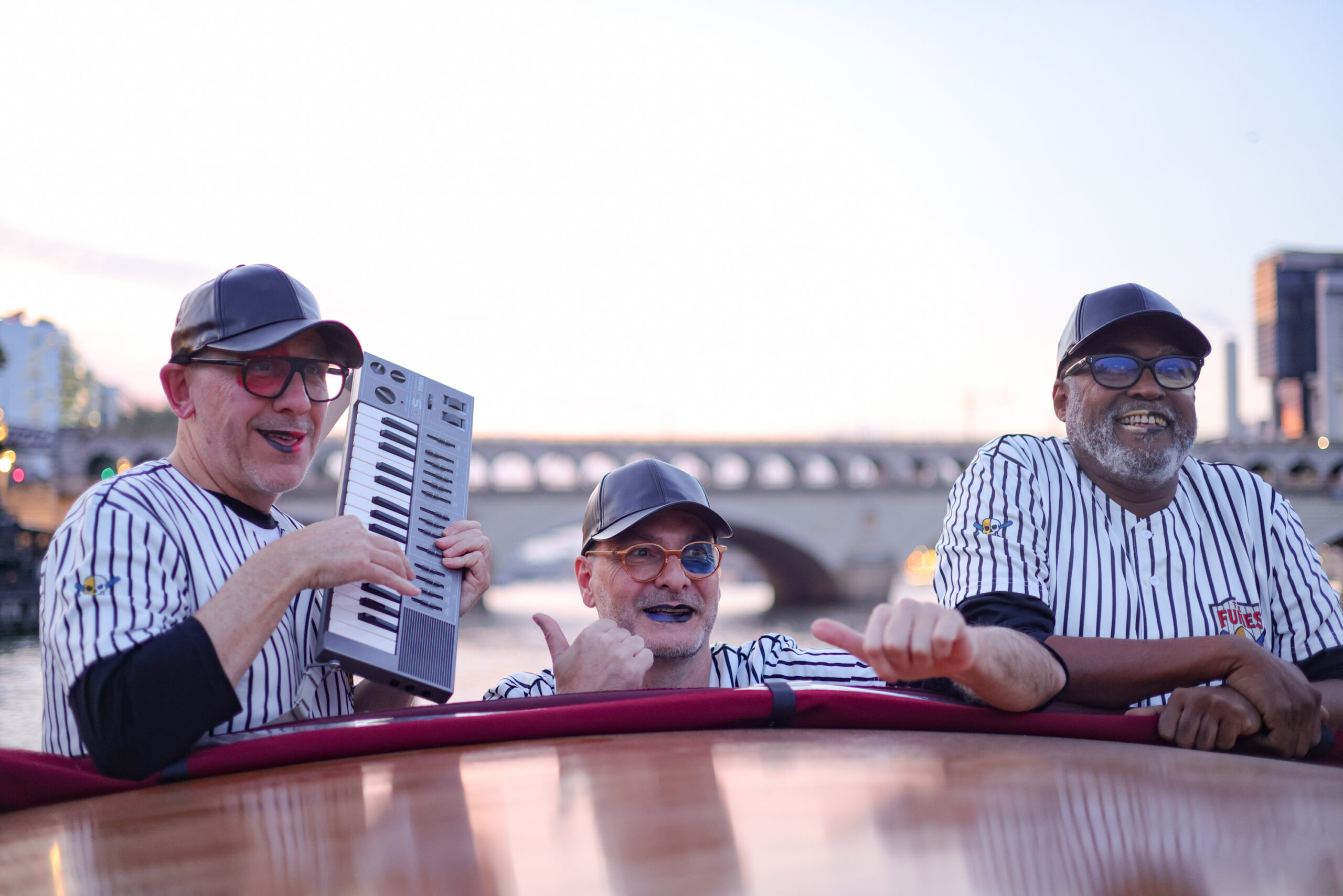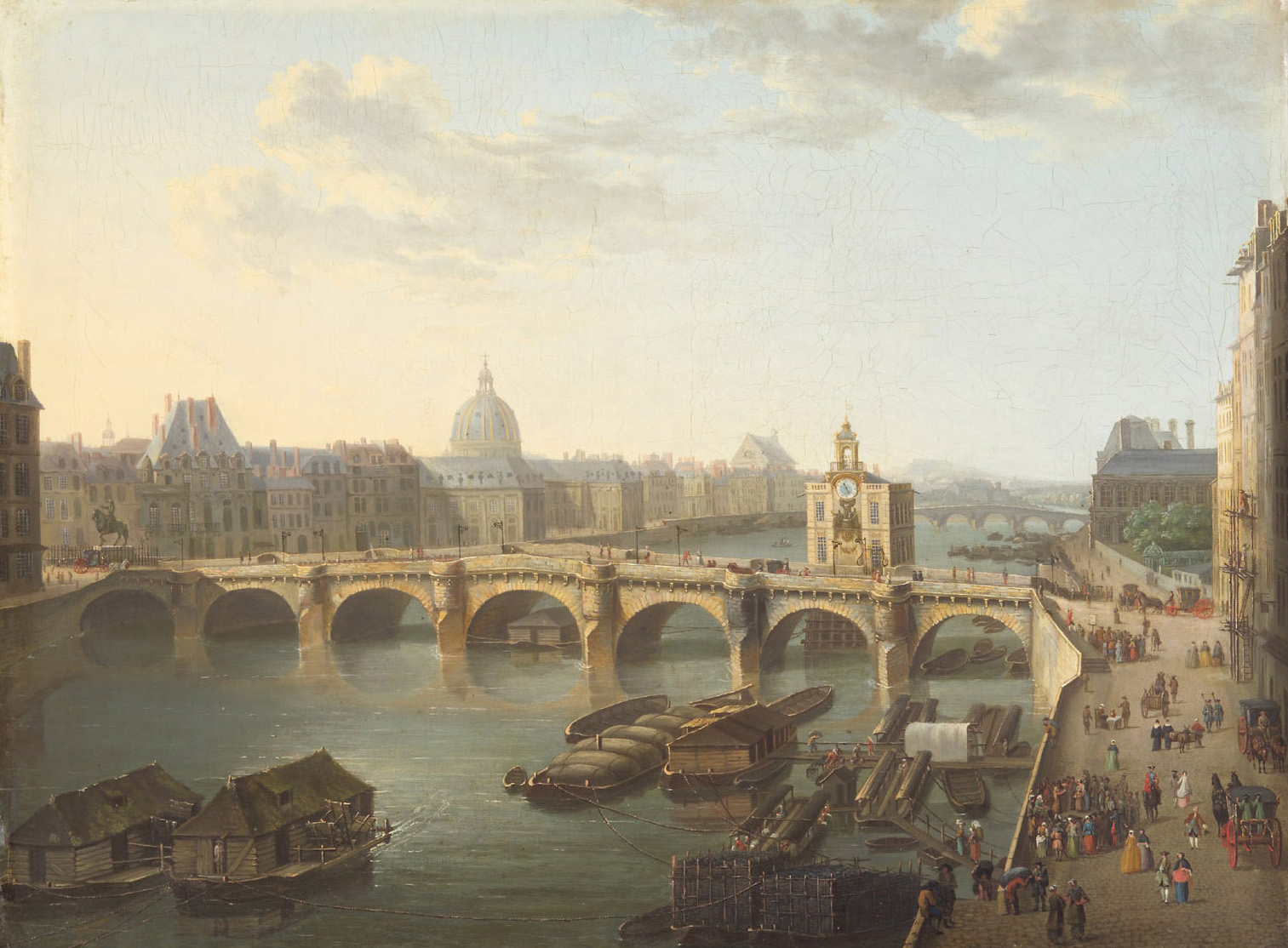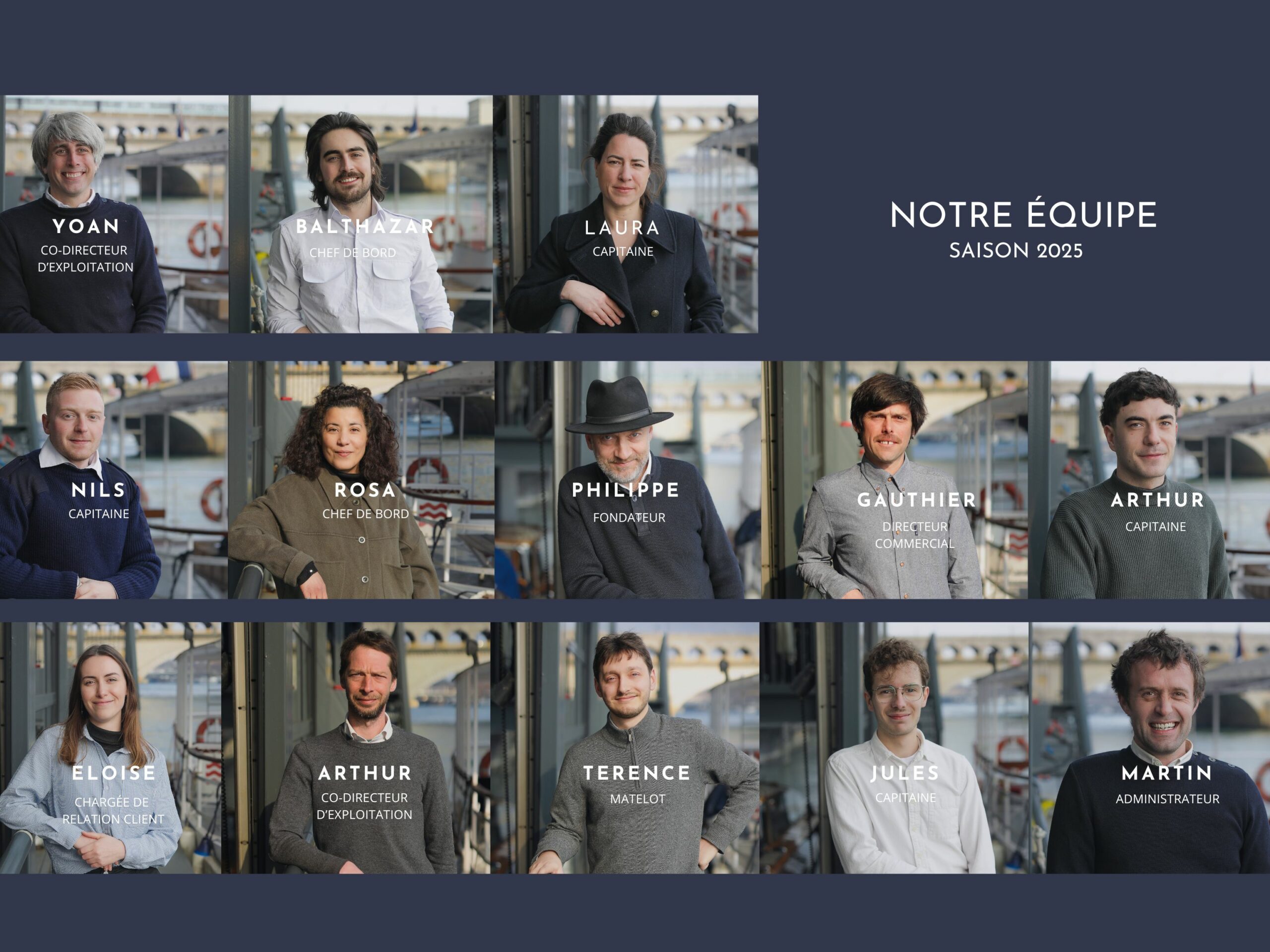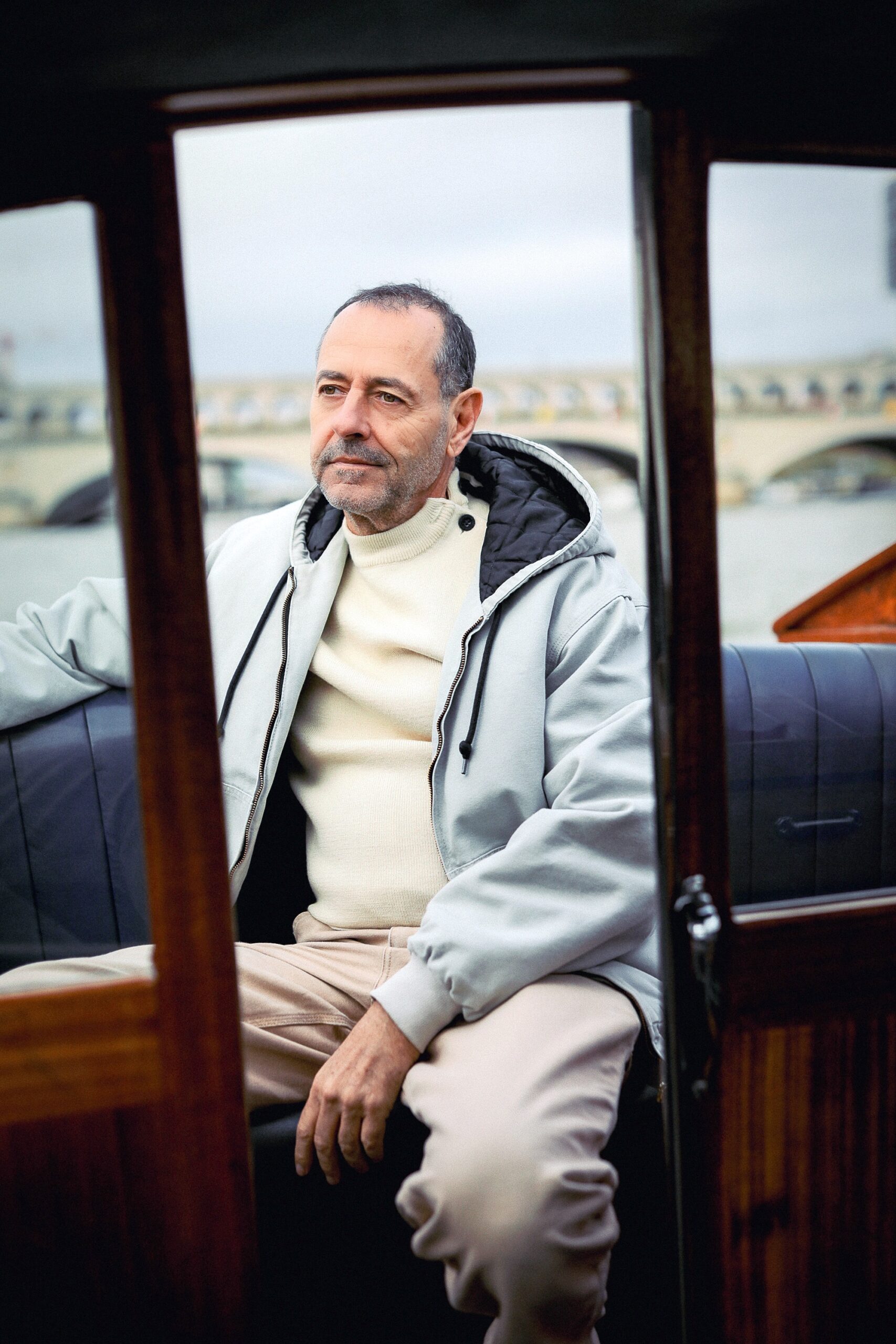Meeting with Françoise Huguier aboard Murano
Le 07/05/2025 par seine avenue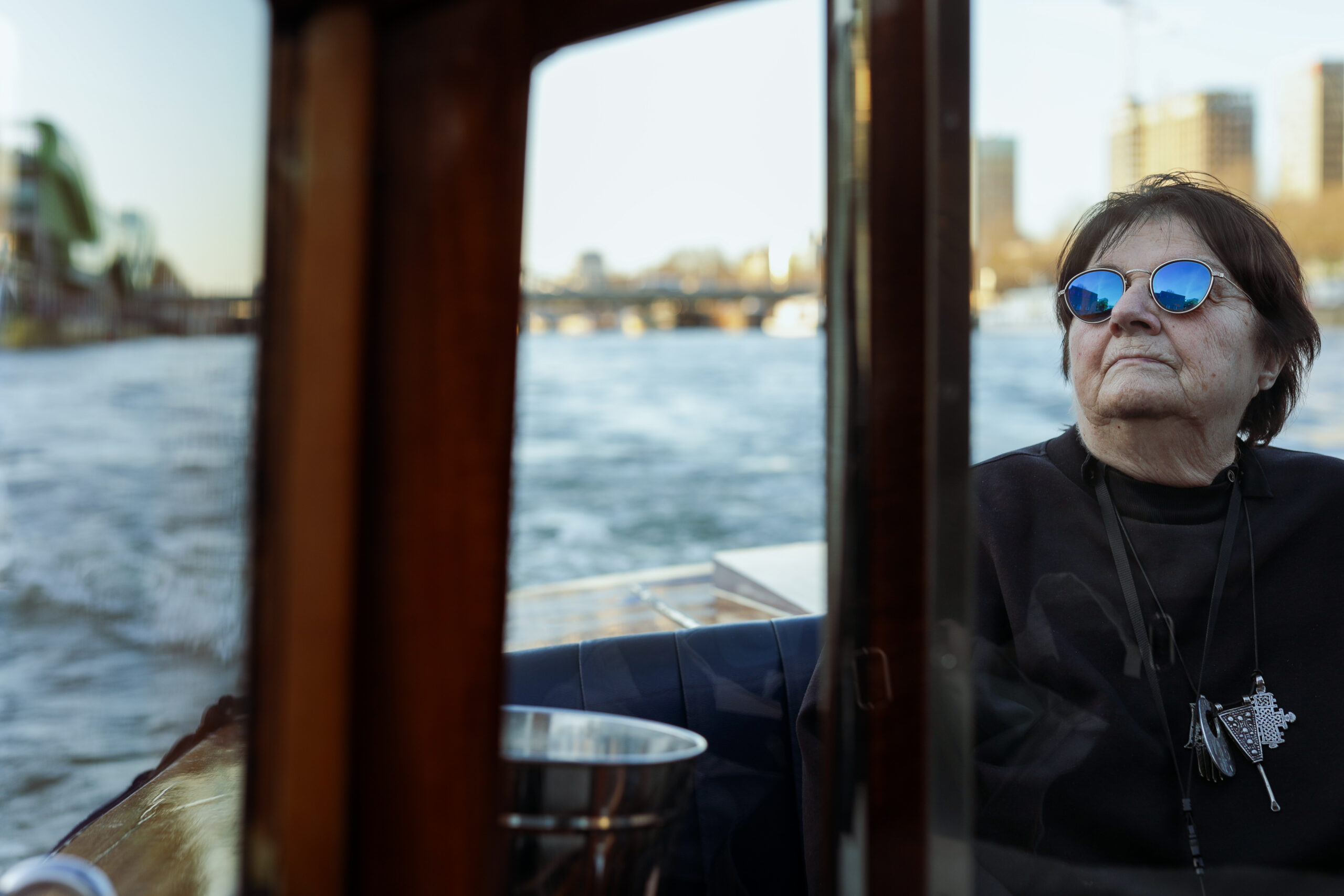
To mark the exhibition devoted to Malian photography currently on view at Quai de la Photo, photographer, academician and frequent traveler Françoise Huguier, who also initiated the Biennale de Bamako, climbed aboard Murano for a symbolic voyage down the Seine. Known for her visual narratives from the far reaches of the world, she spoke of her intimate relationship with rivers, navigation, creation and memory. This journey became a privileged moment for exchange and reflection on her artistic universe and the importance of travel in her photographic approach.
Does navigation or the idea of the river bring to mind any particular memories of your travels?
The first river that brought to mind a whole life story was the Mekong, in 1950 in Cambodia, when I was a prisoner of the Việt Minh at the age of 8. To get to the camp in a virgin forest, they took us by pirogue from Kompong-Tiam to Kratié.
And in 1980, I was lucky enough to get a visa for Burma. I travelled by boat on the Irrawaddy, from Mandalay to Pagan, a major Buddhist archaeological site, with numerous monasteries, pagodas and temples. I was able to photograph the ports of call at each of the rather long stopovers.
Mali, like other places you’ve visited, is often crossed by rivers. Has this proximity to water influenced your way of seeing or photographing?
The Niger River flows through Mali… Malick Sidibé’s photos of bathers on the banks of the Niger, particularly women in bathing suits and even naked, gave me the idea of taking the boat from Koulikoro, which is the port of Bamako, and going as far as Timbuktu. Before that, I was inspired by Mopti and the whole Peul region, where the locals would come into the water to offer us fruit and vegetables. This enabled me to photograph people up close. In Timbuktu, I knew there were hippos in the Niger, so I took a pirogue to go and photograph them. Unfortunately, when hippos are in the water, you can only see two small ears. But as luck would have it, on the other side of the river, a herd of dromedaries passed by, so I took pictures repeatedly, and the last dromedary passed by just as the bozo piroguier lowered his head. That’s when I pressed the shutter release. And that photo, where everything happens on the left, became an iconic image.
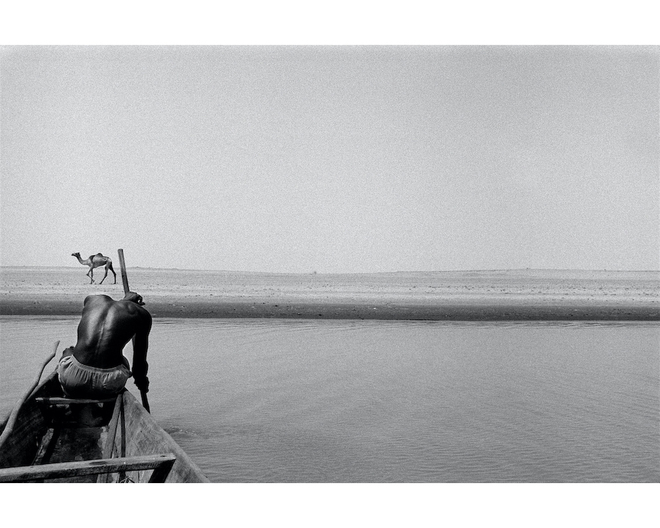
“The Bozo fisherman, Timbuktu, 1988. Cover of Françoise Huguier’s book “Sur les traces de l’Afrique fantôme” (ed. Maeght, 1990) © Françoise Huguier
How do you see the link between travel, observation and creation in your work?
Before traveling, I read a lot – L’Afrique fantôme, in the footsteps of Michel Leiris, or about polar Siberia for Kommunalka. Reading gives me ideas. And what’s important to me are the people, the light, the framing… I’ve never been influenced by other photographers, rather by film directors, such as Tarkovsky for polar Siberia.
If you had to associate a word or image with the Seine today, which would you choose?
What stands out for me when I’m at the Quai de la Photo are all the barges that go by. I thought there were fewer and fewer of them, but every time I sit down and look around, I still see lots of them. It reminds me of Jean Vigo’s film L’Atalante.
© crédit photo : Marion Briffod
__________________________________________
L’exposition « Un autre Mali dans un autre monde » est à découvrir à Quai de la Photo jusqu’au 1er juin 2025.
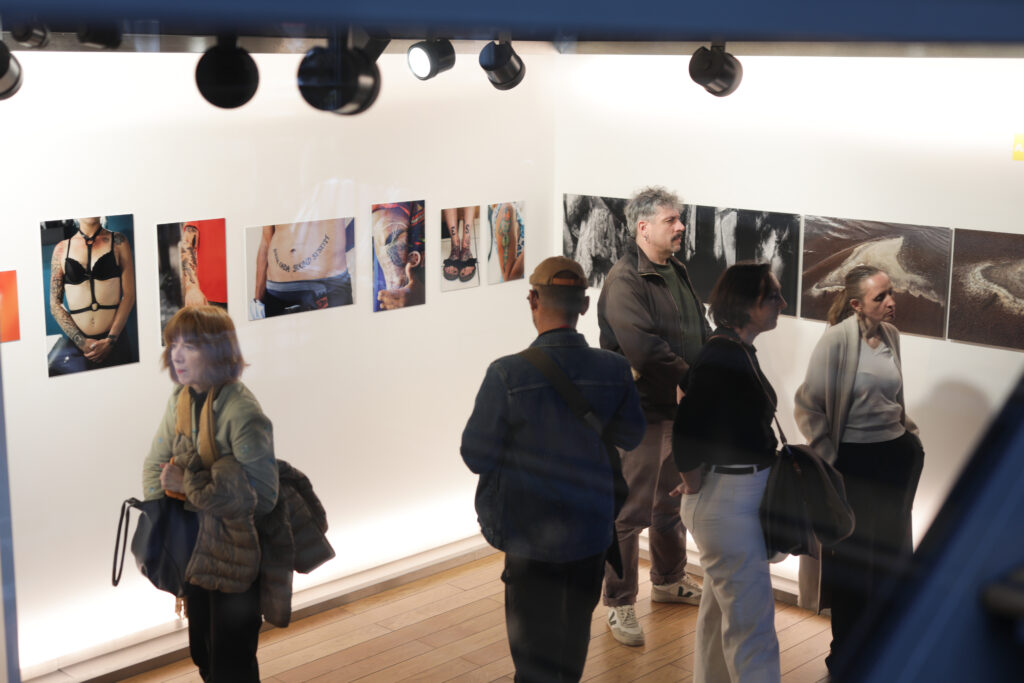

OUR NEWS
We invite you to discover the unique world of the Seine, where occasional strollers and everyday workers rub shoulders, where boats of all sizes meet and greet. In the light of today's fluvial challenges, Seine Avenue is carrying out renovations and innovations to adapt its activity. Our aim is to contribute to the sustainable use of the river, so that we can share more of its magic.
